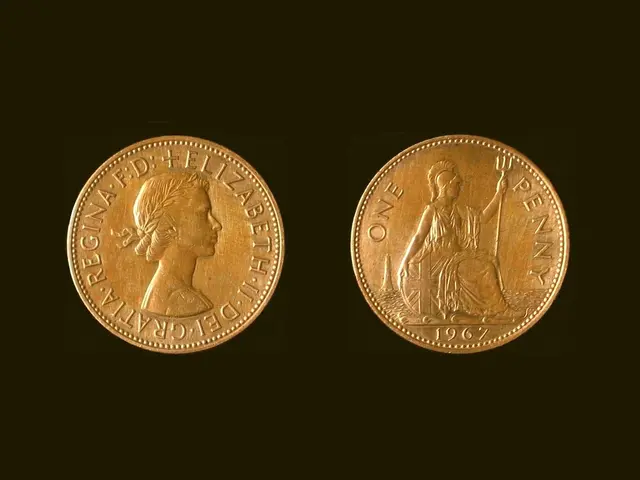Cosmic Plasma Science Exploration
In the realm of scientific research, understanding the properties and behavior of plasma has become a crucial key to unlocking the mysteries of the universe. This is the central argument put forth by physicist Anthony L. Peratt in his influential book, "Physics of the Plasma Universe," first published in 1992.
This groundbreaking work, which has since become a seminal text in the field, delves into the unique characteristics of plasma, a state of matter composed of charged particles such as electrons, ions, and neutral atoms. Plasma can be found in various natural and man-made environments, from lightning to the sun, fluorescent lights, and plasma televisions.
The book's key claim is that plasma is the most prevalent state of matter in the universe. To support this assertion, Peratt discusses plasma's distinct properties, including its ability to conduct electricity, generate magnetic fields, and exhibit self-organizing behavior. One of the important concepts explored is the phenomenon of plasma filaments, long, thin structures of plasma observed in many parts of the universe. Peratt argues that these filaments play a crucial role in the formation of galaxies and other large-scale structures.
"Physics of the Plasma Universe" was not a solo endeavour. Other significant contributors to the publication include Hannes Alfvén, Per Carlqvist, and Donald Scott, with Alfvén, who was awarded the Nobel Prize in Physics in 1970, being one of the most prominent.
The book has had a significant impact on the scientific community, inspiring numerous research papers and spawning many other books on the subject. Notable works such as "Plasma Physics and Fusion Energy" by Jeffrey P. Freidberg and "Introduction to Plasma Physics and Controlled Fusion" by Francis F. Chen have cited "Physics of the Plasma Universe" as a seminal work.
More recently, Peratt published a follow-up to his original work, titled "The Plasma Universe." In this book, he delves deeper into the properties and behavior of plasma, exploring its potential applications and implications for our understanding of the universe.
One such potential application is the concept of plasmoid drones, a new concept in the world of unmanned aerial vehicles (UAVs). These drones use plasma propulsion for flight, making them highly maneuverable and efficient. While still largely theoretical, researchers are actively exploring the potential of this technology.
Another intriguing area of exploration is quark-gluon plasma (QGP), a state of matter that exists under extreme conditions similar to those in the early universe. The exploration of QGP is being conducted through the STAR detector at the Relativistic Heavy Ion Collider, shedding light on the nature of matter under such conditions.
In conclusion, "Physics of the Plasma Universe" has proven to be a pivotal work in the field of plasma physics, offering insights into the most prevalent state of matter in the universe and its profound implications for our understanding of the cosmos. As research continues, the potential applications of plasma physics are becoming increasingly promising, with the concept of plasmoid drones being just one example.








